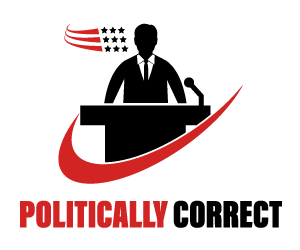All You Need To Know About The Stimulus Packages
Many people worldwide heard of the term “stimulus package” in 2020 when governments around the world used the term to describe actions that they would take regarding COVID. However, while several saw these bills approved, they still did not know what they meant. Therefore, this article explains the concept briefly.


A stimulus package refers to a package of economic measures that a government unleashes to save or stimulate a failing economy. The objective of this package is to strengthen the economy and reverse or prevent a recession. The usefulness of a stimulus package can be traced all the way back to the Keynesian school of economics that states that recessions cannot correct themselves. This theory necessitates government intervention to lessen the impact of the recession. For instance, boosting aggregate demand with government spending can compensate for decreased private spending and close the output gap.
Types of Stimulus Packages
During recessions that are less devastating than the COVID-19 pandemic, stimulus packages typically include incentives and tax rebates offered by governments to stimulate spending. There are several types of stimulus packages, but three reign supreme: fiscal stimulus, monetary stimulus, and quantitative easing.
- A monetary stimulus involves reducing interest rates to spur the economy. Lowered interest rates can make it a lot easier for regualr people to borrow money.
- Fiscal stimulus is what is given when a government increases spending (reduces taxes) to stimulate the economy. By cutting taxes, people have more money available to spend.
- With quantitative easing, a central bank purchases financial assets from financial institutions such as commercial banks in large quantities.
